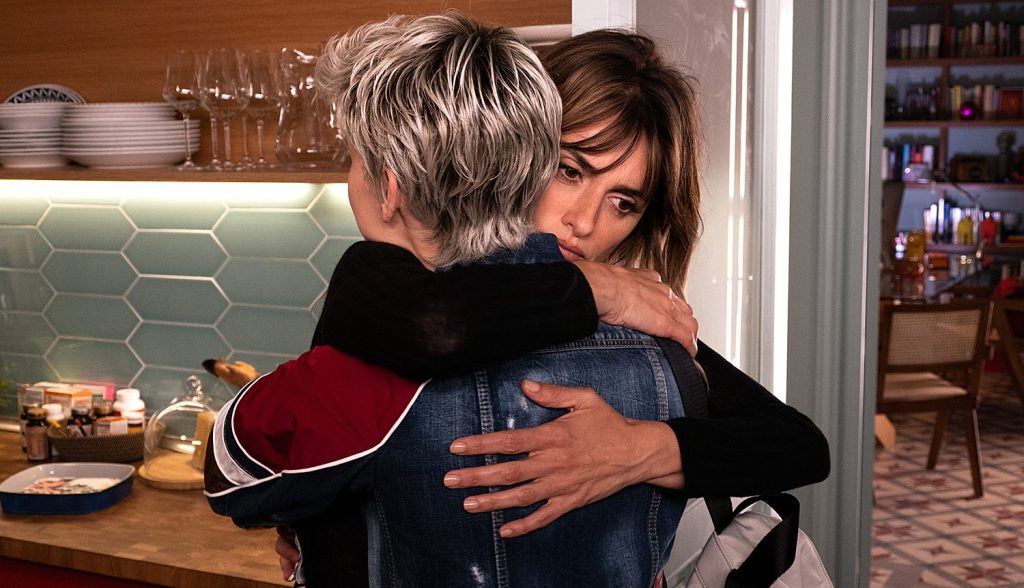Thoughts on Almodovar's Parallel Mothers

Ana and Janis met in a hospital. They are about to give birth but they don't know yet that their lives will be changed forever.
Spoiler warning!
Parallel Mothers in the film
- Ana - a troubled young woman. Motherhood and its responsibility change her. The loss of the child gives her yet another chance to start a new life, sets her free. She uses this freedom wisely, does not go back to her father to play a role of a child again. When Janis tells her the truth, Ana steps up and becomes the new mother again. Loving and more mature.
- Janis - the tragic mother. She's a mature woman so the unexpected pregnancy doesn't scare her. To be fair, her calmness impresses. She loses her daughter for the first time when the lab result excludes Janis as Cecilia's mother. She loses her real daughter again when she learns about Ana's child's death. The third loss happens when she finally shares the truth, and Ana takes her daughter away. Interestingly enough, Janis acts like Ana's mother too. She is caring and loving, teaches Ana to cook and to take care of the house. To adult, if you will. Is it only because of her remorse? I don't think so.
- Ana's mother - the absent mother, an actress for whom acting was the most important driver in life. She got pregnant accidentally and chose to pursue her career rather than stay at home with her daughter and husband. She is an interesting character, not a typical absent mother who suffers and cannot forgive herself. She was honest and stayed true to herself. She could be a villain but luckily, her choices are respected and not judged.
- Janis's mother - the absent mother who died too early.
Seeking truth like a childbirth
Men are pretty much absent. They were killed in the Spanish Civil War or they live far away. Women want to know the truth about their grandfathers and husbands. Women take care of the history.
The process of bringing the truth to live is like childbirth. The past needs to be extracted from the ground, where the bones were stored safely for decades. The bones, the stories, the truth have been waiting for the right time to be brought back to light. Just like a baby in their mother's belly who in the right moment will be ready to breathe with their own lungs.
The symbolism of the last scene
In the last scene, people from the village lie in the mass grave in which their ancestors had been buried. I read this scene in two ways.
Skeletons, clean and white, are difficult to differentiate. We know they must have been people but at the same time, they lack individual qualities unless you're a forensic anthropologist. Descendants of the Spanish Civil War victims humanise the scene, humanise their ancestors. After all, their ancestors were people with dreams, passions, and families. People who one day just disappeared. Almodovar pays tribute to those who were erased by terror.
The other way of looking at this scene is through the contemporary lens. People are being killed every day. We don't have to look far away - the war in Ukraine kills people every day. The news portals report different numbers but we need to remember that behind these numbers there are families torn to pieces for the next generations.
